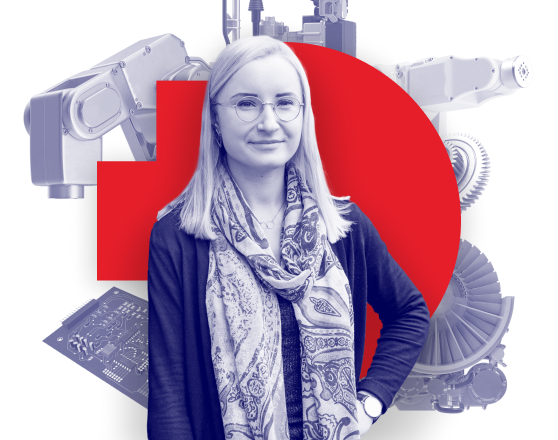In the third year, you will choose to major in either Computer Systems and Network Engineering, or Electronic and Communication Engineering. You will also choose a minor as your secondary focus.
Minors include:
- Electronic and Communication Engineering
- Computer Systems and Network Engineering
- Security Engineering
- Intelligent Manufacturing Technologies
- Humanitarian Innovation
- Spacecraft Technologies.
You will complete six core subjects and two technical electives from your major, allowing you to build advanced knowledge in your chosen field. These subjects will deepen your knowledge, enrich your skill set, and enhance your engineering and professional capabilities, allowing you to graduate industry-ready.
You will also complete four subjects from your chosen minor, allowing you to broaden your technical knowledge in an area that complements your major studies.
In your final year, you will undertake a major team-based engineering design project demonstrating high levels of technical competence and exercising organisational and enterprise skills.
Your final year (capstone) project will develop and reinforce the skills and knowledge you need - as defined by Engineers Australia - to commence your professional engineering career. You may have the opportunity to present your project at EnGenius, an end of year student showcase event.
Throughout your degree, you will study STEM Future Technology Skills subjects that provide you with a fundamental understanding of the technology mega-trends that will shape your future career.
You will also complete a work-integrated learning (industry experience) elective in Year 2, 3 or 4.




